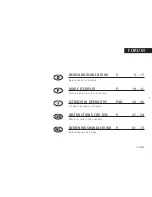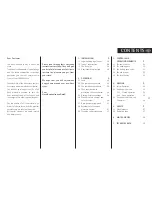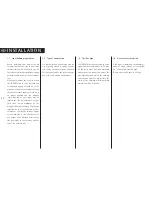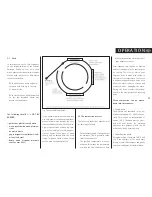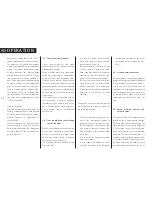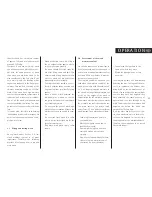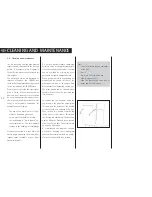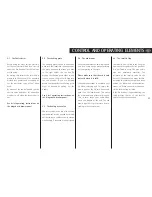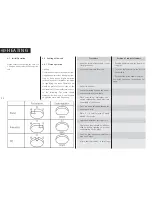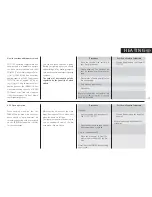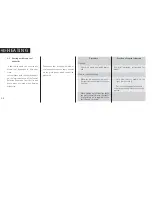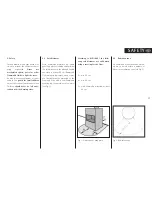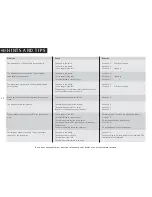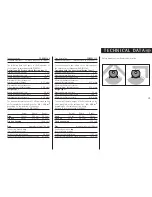
51
OPERATION
the other hand, has a moisture content
of approx. 15% and a calorific value of
around 4.3 kWh/kg.
Therefore, if you use very moist wood
you will have around half the heat out-
put with the same quantity of wood
than when you use dried wood. To be
also considered is the fact that if you
burn moist wood, the resulting water
vapour can condense in the flue pipe or
chimney. This can lead to pitting or the
chimney becoming sooted up. Further-
more, if the wood has a high moisture
content the combustion temperature is
reduced which prevents total combus-
tion of all the wood components and
causes considerable pollution. The ener-
gy content of the unburned wood is also
lost.
It is quiet plain, therefore, that burning
inadequately dried wood is irresponsible
both from an economical and an ecolo-
gical point of view.
2.7 Drying and storing wood
As explained under Section 2.6 low
wood moisture content is of great
importance. Therefore, the following
provides a few tips on how to dry and
store wood.
- Wood needs time to dry. It will dry in
the air outdoors after approx. one to
two years if stored properly.
- The wood should be stored ready for
use after being sawn and split. This
ensures rapid drying because smaller
pieces of wood will dry better than
logs several metres in length.
- Your logs should be stored in a venti-
lated, if possible sunny position and
be protected from rain (ideally facing
south).
- Leave a hand’s width between the
individual piles of wood so that air
can get in between them and remove
any escaping moisture.
- Do not cover the piles of wood with
plastic foils or tarpaulins because the
moisture will then be unable to esca-
pe.
- Do not stack fresh wood in a cellar
since it will rot rather than dry for the
lack of air movement.
- Only store dried wood in dry cellar
rooms.
2.8 Assessment of the wood
moisture content
For you as a stove user it is important to
be able to assess whether your wood is
air dry (with a residual moisture content
less than 20%) or whether it must be
stored for a longer period.
The air-dried condition has been rea-
ched when the moisture content of the
wood is in balance with the ambient air,
i.e. it no longer dissipates moisture to
the air and no longer takes moisture out
of the air. The weight of the wood is
characteristic for the moisture balance.
One method which allows you to assess
the moisture content is described here.
You must observe the points listed
under Point 2.7 as a basis for optimum
wood storage. Then proceed as follows:
- Take a log from various points in
your wood pile.
- Mark these logs to enable you to
identify them easily.
- Now weigh the logs on a kitchen
scale and make a note of their
weights.
- Now dry the logs artificially for seve-
ral hours (eg. in a warm stream of
convection air from the stove).
- Then placed the logs back in the
wood pile where they were.
- Weigh the logs again one or two
days later.
The moisture balance will be disturbed
by drying the logs. The logs will therefo-
re try to reproduce the balance after
being dried by taking moisture out of
the air. If they achieve the same weight
as when they were first weighed they
have absorbed the same quantity of
water which they lost through being
dried. This means that the moisture had
balanced out before the wood was
weighed for the first time.
If, on the other hand, they are still ligh-
ter, there was more water in them befo-
re they were weighed for the first time
than required for the moisture balance.
Therefore, these logs have to be stored
for a while longer.
Summary of Contents for FORUM
Page 2: ...2 ...



